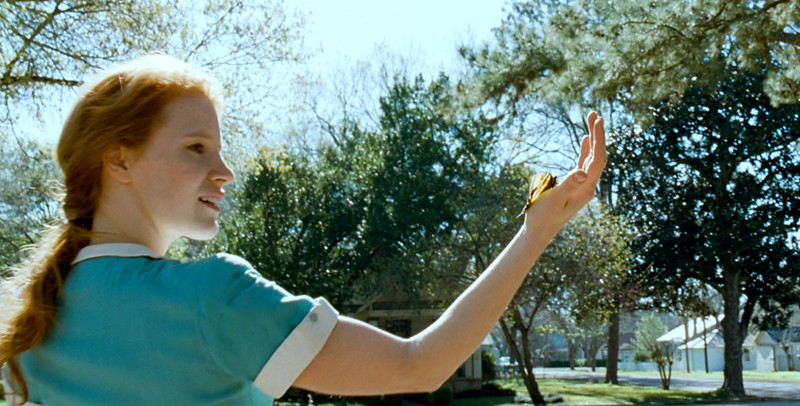
At first, in the initial phase of the Academy Awards, the Oscar for “Best Cinematography” was attributed only to cinematographers, followed by the titles of the work for each nominee in the qualifying period of time. This was immediately regarded as an error, and the category was corrected.
In the second year, there wasn’t a single nomination in the category. And in its third year, films were nominated, instead of cinematographers, and the final award didn’t include the cinematographer’s name.
At last, in the fourth year, the modern system was implanted to what it still is today, as the cinematographer is nominated for one film. Following these changes, came the years of color.
In 1936, for its 9th Edition, the pictures and consequent awards were divided by “Black-and-white” and “Color” (although until 1939 the colored pictures were considered “Special Achievement”). 1966 marked the end of that distinction, turning them into one category that included both.
In 2016, nearing the 88th Academy Awards, the nominees are well-known faces in the cinematography world. Among them, Emmanuel Lubezki – the currently favored and winner of the last two “Best Achievement in Cinematography” awards – and Roger Deakins for his 13th nomination, still without a win.
The rest of the category is already a sign that cinematography just gets better and better in film, from Edward Lachman’s entry for “Carol”, three-time Oscar-winner Robert Richardson for “The Hateful Eight” and veteran John Seale for his flashing work in “Mad Max: Fury Road.”
With the array of possibilities and techniques now available to this specific area of filmmaking, by getting inspiration from older, more traditional solutions and merging ideas with some of the greatest directors of our time, the amount of cinematographers that deserve recognition are plentiful.
This list aims to shine a light on some individuals and work they’ve done that was dismissed by Academy voters in past selections for this category.
Often, it was just too hard to choose the best one, and there have been times where the most obvious choice didn’t get the win, but there were also times – a lot of times – where the ones that really deserved the award in a particular year just didn’t get it. From the past 15 years, starting in 2000 and ending in 2015, here are the top 10 films that were somehow wronged.
Note: For a better understanding of each cinematographer’s work, the chosen films are followed by a video regarding that matter, varying from conversations, panels and interviews, to certain scenes in the film that truly stood out.
1. The Man Who Wasn’t There – Roger Deakins (74th Academy Awards, 2002)
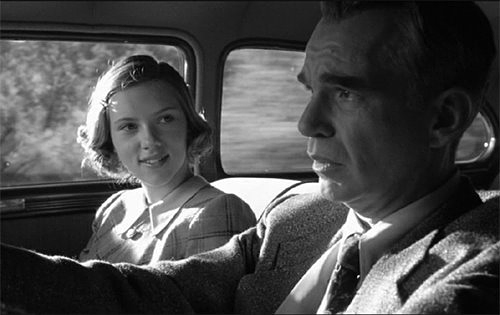
Shot in color and later transferred to black and white adds to the traditional 1949 setting of the story. Deakins then printed on Kodak 5269, a black and white stock designed particularly for film titles. The shots are made mostly at eye level and a long depth of field, lighting is high contrast but low key, adopting the noir style as a film possibly can. Smoke is an important matter, as well.
The main character, played by Billy Bob Thornton, is seen smoking an unfiltered Chesterfield cigarette in almost every scene, making both the rising smoke and the shadows come together to make it look even more classic.
This vastly underrated film won Deakins his second ASC (American Society of Cinematographers) Award, but it wasn’t enough to win the Oscar, losing to “The Lord of the Rings: The Fellowship of the Ring”.
2. Far From Heaven – Edward Lachman (75th Academy Awards, 2003)
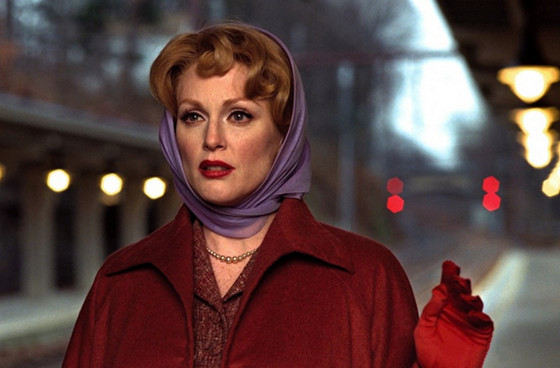
In the light of the recent “Best Achievement in Cinematography” nomination for director Todd Hayne’s film “Carol” (2015) this year, this other film of his failed to get the recognition it deserved in the 2003 ceremony.
The same cinematographer was responsible for both films’ dazzling imagery, but “Far From Heaven” went further. Watching it, one wouldn’t think it was a 2002 film – and that’s just how great of a tribute it was to 1950s pictures, specifically Douglas Sirk melodramas. Lachman gave meaning to each use of color, adapted to each subject of controversy in the film.
This alone deserves its own . Creating a saturated “Technicolor” look without digital methods meant that Lachman had to expose the film stocks above the recommended exposure in order to create a dense negative.
Like Sirk’s films, this one portrays the social, racial and sexual issues of post-war America in the most sincere tone, making the spectator fully absorb the cruel reality of such time. Mark Friedberg’s production design is of utter importance to complement Lachman’s cinematography, and they’re both elevated by Mr. Bernstein’s intense music.
The film lost to Conrad Hall’s cinematography in “Road to Perdition,” a posthumous award. While Hall deserved the awards he got for his work in “American Beauty” (1999) and “Butch Cassidy and the Sundance Kid” (1969), his last one was seen as more of an homage to his career and his 7 nominations that didn’t get a win. Hall also remains the oldest winner in the category to this day.
3. House of Flying Daggers – Zhao Xiaoding (77th Academy Awards, 2005)
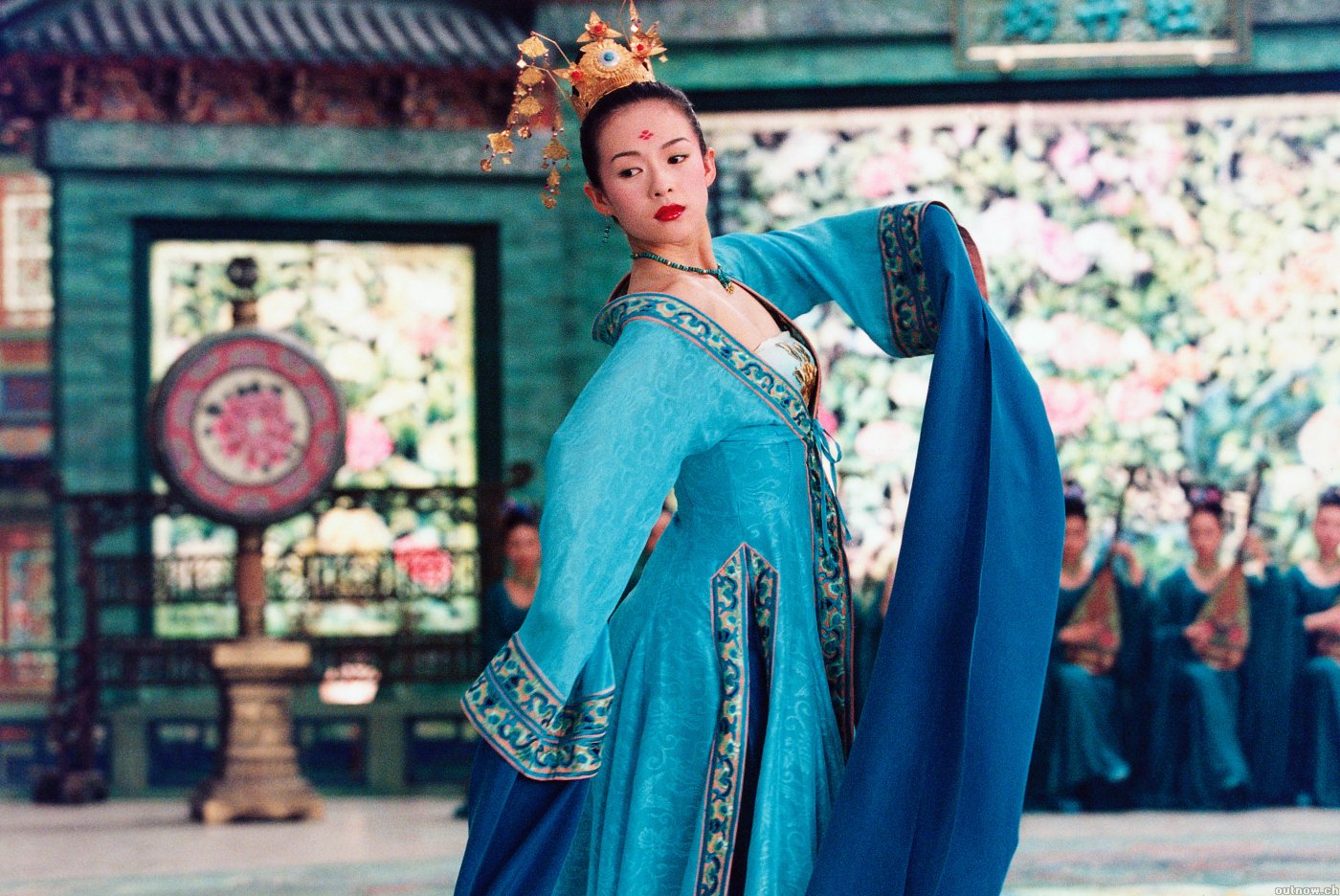
Chinese director Yimou Zhang’s entrance at the 2005 Oscars received only one nomination, and it didn’t win. The Academy granted it a seat among the “Best Cinematography” nominees, and deservingly so. Best described as an exotic visual experience that combines overwhelming action scenes and intense romance, its extraordinary cinematography is full of exquisite imagery and superb special effects.
Despite being regarded by critics as yet another member of the “martial arts” category, this brings another level of spirituality and poetic human emotions to the table. There’s an unspoken lyricism in the unusual camera movements, framing, and editing, as well as its vivid contrasts. Being representative of ancient times (Tang dynasty), the attention to detail is of major importance to make for the perfect replica of that time.
One could say the director builds the minimal story around its visuals, strengthening dramatic effect and using color and peculiar composition to bring out the desired feel.
The cinematography is, all in all, incomparable. Yet it lost to a more obvious choice, “The Aviator” (2004), which was criticized for its “could be better” CG. Being a Martin Scorsese film, other things were of bigger value, but the Academy allowed it to sweep 5 of the 11 categories it was nominated for.
4. Good Night, and Good Luck. – Robert Elswit (78th Academy Awards, 2006)
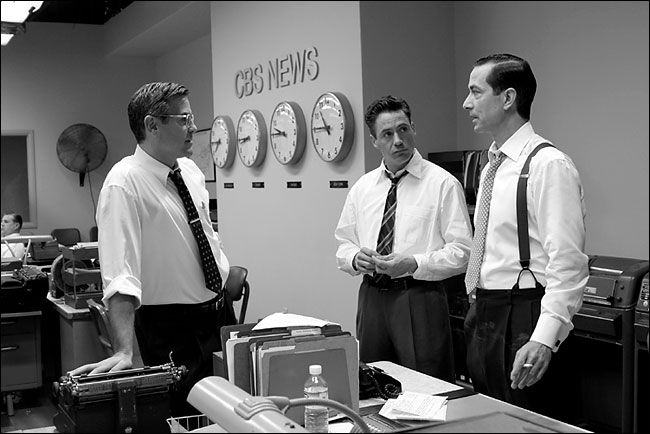
Elswit, a common collaborator of the director of this film (George Clooney), is a big fan of analog and usually refuses to work with digital cameras. “Good Night,” a historical drama portraying the conflict between radio and TV journalist Edward R. Murrow and U.S. Senator of Wisconsin Joseph McCarthy, mostly regarding the Senator’s anti-Communist actions.
Similar to other projects with the same approach represented on this list, it was filmed on color film stock on a greyscale set, later being corrected and transferred to black and white in post-production. Overall, this was a hard film to get made. Clooney had to mortgage his own house just to get it done, and so a lot of the production process was also restricted.
Most scenes, such as the ones representing CBS offices and studios, were all sets on a soundstage. When it came to the choice of color and direction for the cinematography, it was decided when Clooney and producer Grant Heslov settled for archival footage to depict the Senator.
It being in black and white, the color scheme was meant to blend with it. The harmony created in the shades between bright lights and shadows, the peculiar close-ups and reverse zooms, make it a fantastic-looking reel.
Elswit eventually won an Oscar two years later for the film “There Will Be Blood,” which has been called a solution for voting members that weren’t able to decide between the two films in the category that were cinematographed by Roger Deakins.
However, in the 2006 ceremony, Elswit lost to Dion Beebe for “Memoirs of a Geisha.” Perhaps it would’ve been better to give this one to him instead.
5. The Dark Knight – Wally Pfister (81st Academy Awards, 2009)
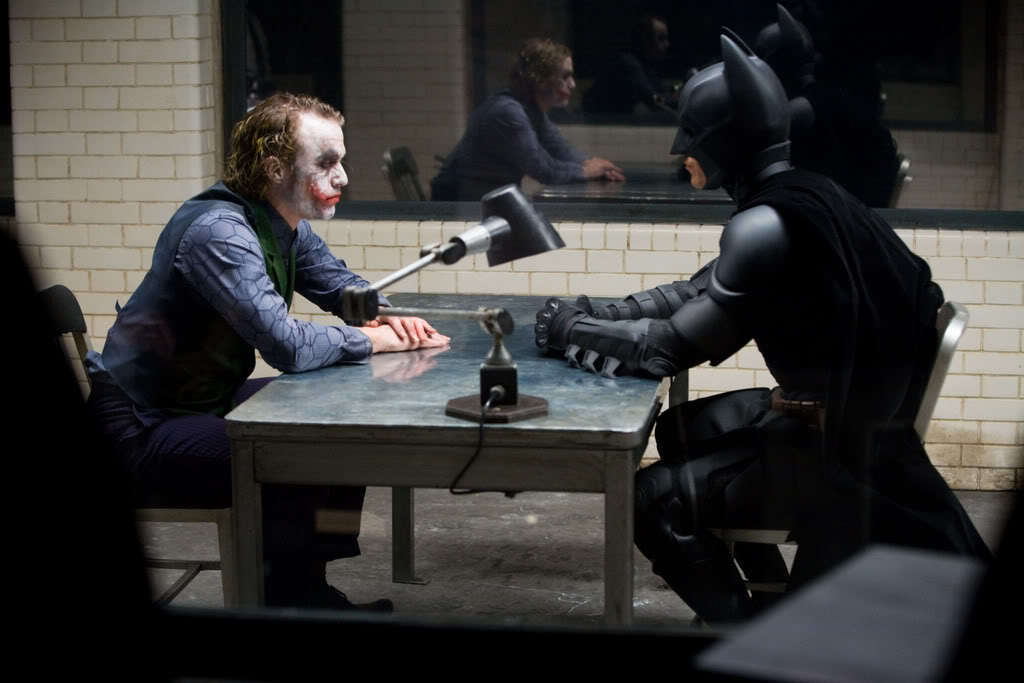
Pfister and director Christopher Nolan – usual collaborators – did something particularly special in this film, which was the use of IMAX 70mm cameras to film four major sequences having in mind its release in IMAX theaters, making it the first time they had been used to partially shoot a feature film.
This brought tremendous issues to production, having in mind that the cameras were larger and far heavier than standard ones, made a lot of noise while recording, had short film loads (from 30 secs to 2 minutes only) and its film stocks cost way more than standard 35mm ones.
The cinematographer got inspired by Chicago and London’s urban textures, and searched for a realistic tone, keeping the lighting natural. As Pfister said regarding going digital, “Film just gives you so much more latitude than digital cameras have.
IMAX, on the other hand, has a physical impact that is really unparalleled. Chris and I have always felt – and been able to prove! – that IMAX is an immersive format which is endless, and has much more impact than three dimensions or stereoscopic.”
What is still considered one of the best films of the 2000s, as well as one of the best superheroes film ever, was nominated for 8 Oscars at the 81st Academy Awards.
It won two, for Achievement in Sound Editing and for Best Performance by an Actor in a Supporting Role – posthumously attributed to Heath Ledger. However, that was the year of “Slumdog Millionaire,” which took home Best Picture, Best Director and 6 other awards including “Best Cinematography.”